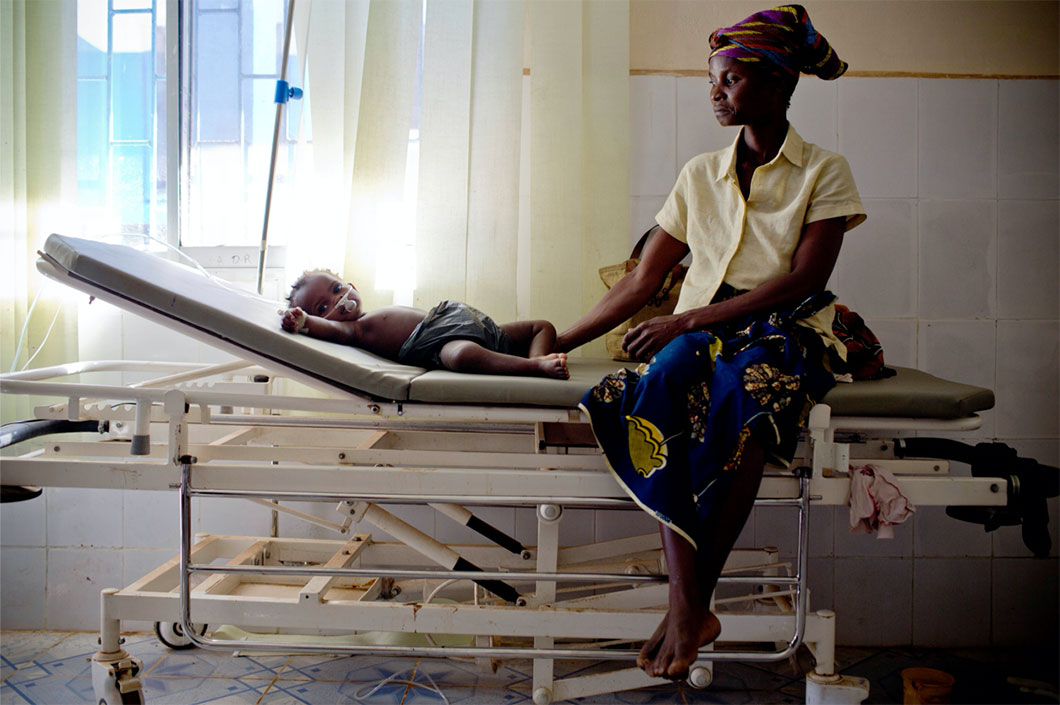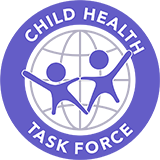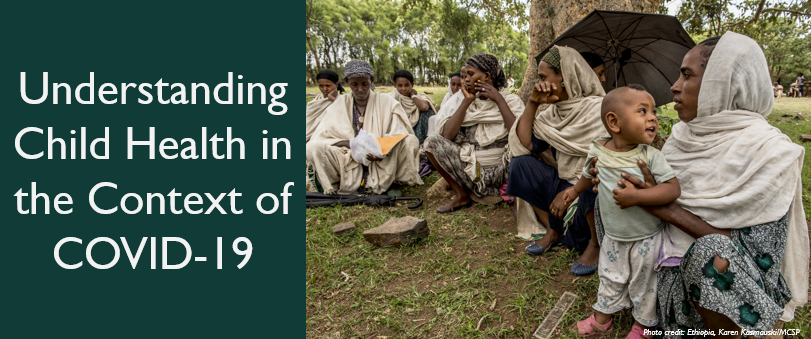“The most significant threat to global child health from SARS-CoV-2 is unlikely to be related to COVID 19 in children, but rather the socio-economic consequences of a prolonged pandemic.”1

The Child Health Task Force is a global network of implementing organizations; NGOs; academic institutions; UN, multilateral, and bilateral agencies; in-country partners; and individuals working together to support the delivery of high quality child health services.
During the COVID-19 pandemic, we will continue to convene and coordinate stakeholders to share knowledge and innovative solutions to programmatic issues to stem the direct and indirect impact of the pandemic on children. We will collaborate with our partners to develop new tools and improve existing ones, and work with country partners to translate evidence about the pandemic into stronger child health programs, enabling children to survive and thrive during and after the pandemic.
Check out our webinar series:
Hosted by the Child Health Task Force, each webinar is led by a subgroup and focuses on how they are responding to the pandemic in their thematic area at the global and country level.
 What We Know
What We Know
Much of the published data and focus of the COVID-19 pandemic has been on adult patients, leaving behind a large knowledge gap for child health service providers and global partners assisting in the pandemic response. The body of information regarding clinical features, transmission and effects (direct and indirect) of the coronavirus in children and adolescents is growing, but questions remain.
- Children of all ages are susceptible to COVID-19 and like adults, can transmit the virus to others. Children are increasingly recognized as playing a role in the community spread of COVID-19 and mitigation measures continue to be recommended for all ages.
- While COVID-19 vaccines are being tested and approved for children, inequitable distribution of vaccines means that those living in LMICs do not have access to vaccine doses.
- Pediatric cases (ages 14 and under) currently account for approximately 8-11.5% of confirmed COVID-19 cases worldwide according to the WHO. Children are more likely to present milder symptoms or asymptomatic which could lead to under-diagnosis and undertesting. A prospective, multi-center study in Paris found that a symptom-based testing strategy failed to identify up to 45% of hospitalized, infected children.
- Adolescents and children above 10 years old transmit the SARS-CoV-2 virus as often as adults and more often than children under 10. After the reopening of schools in France, England, Israel, and Chile, a rapid spread of the virus was observed in secondary and high schools, while limited spread was observed in primary schools. The World Health Organization presents evidence that safe reopening of schools does not significantly increase community transmission.
- In some cases, COVID-19 can progress to severe disease in children. For example, newborns with certain underlying medical conditions as well as infants and children with malnutrition and other comorbidities are at greater risk for developing severe illness from COVID-19. A systematic review found that among babies under one year of age, 14% of cases were critical. Among all pediatric patients, 51% presented moderate cases, 33% were mild, and 20% were asymptomatic.
- Multisystem inflammatory syndrome in children is a condition associated with COVID-19 where organs of the body become inflamed. MIS-C can lead to multiple organ failure and long term health effects, most of which are unknown.
- Children are disproportionately affected by many of the unanticipated impacts of the pandemic. The climate of fear and economic uncertainty impacts children’s health, as parents or family members delay care-seeking for other childhood illnesses and routine vaccinations. Nationwide lockdowns and school closures have had a negative impact on child and adolescent mental health globally. Human Rights Watch conducted interviews with students, parents, educators and officials in nine African countries, finding that school closures exacerbated inequities in access to education. It is estimated that one in three children could not access remote learning during the COVID-19 lockdowns.
- The pandemic poses additional challenges for children in low and middle income countries (LMICs), including diversion of resources away from essential child health services, lack of access to PPE for health workers, and a high prevalence of risk factors for severe respiratory infection such as HIV and malnutrition. LMICs also experience greater disruptions of essential services than high-income countries do, directly impacting care for children and adolescents. The pandemic amplifies existing health inequities faced every day by marginalized communities, children and their families. UNICEF predicts that the global COVID-19 crisis will push an additional 142 million children into poverty in LMICs.
For more information, UNICEF has developed a data hub sharing up-to-date scientific information on COVID-19 and children.
References are hyperlinked. The information was last updated August 12, 2021.
 Additional Research Needs Include
Additional Research Needs Include
- Understanding the differences in clinical features of COVID-19 by age.
- Gathering data on predictors of mortality in children and the severity of the disease in children with underlying conditions like malnutrition, rheumatic heart disease, or HIV positive children.
- Monitoring the indirect impact of the COVID-19 pandemic on child health and development.
- Understanding the impacts of school closures and quarantine on child and adolescent physical and mental health.
- Understanding the long-term health outcomes of COVID-19 infection in children, especially those suffering from MIS-C.

